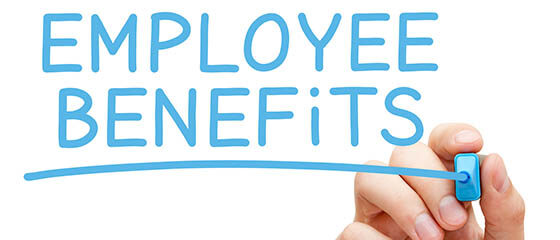The annual Employee Benefit Plan (EBP) audit can be complex and time-consuming. Collaboration is key to making the process smoother. Here are some ways to ensure your next audit is completed efficiently and accurately.
1. Establish Clear Lines of Communication
Communication is the foundation of a successful EBP audit. Schedule a kickoff meeting to discuss the audit process, timelines, and key expectations. Open and transparent communication ensures that all parties are aligned and can help preemptively address potential challenges.
2. Provide Timely and Accurate Documentation
This includes plan documents, participant data, and any changes to the plan during the audit period. By promptly furnishing complete and precise information, you enable auditors to conduct their work efficiently and reduce the need for follow-up requests.
3. Educate Auditors on Plan Specifics
Provide a detailed overview of plan design, eligibility criteria, contribution schedules, and any unique features. This proactive step helps auditors tailor their procedures to the specific nuances of the plan, ultimately streamlining the audit process.
4. Facilitate Access to Key Personnel
This includes HR professionals, plan administrators, and other individuals responsible for the day-to-day management of the benefit plan. Access to these key stakeholders allows auditors to gain valuable insights, promptly address queries, and streamline the audit workflow.
5. Address Changes in a Timely Manner
Employee benefit plans are dynamic, and changes may occur throughout the audit period. Promptly communicate any significant changes, such as amendments to the plan, changes in personnel, or modifications to contribution structures. Keeping auditors informed allows for real-time adjustments to the audit approach, preventing delays and ensuring accuracy.
6. Collaborate on Testing Procedures
Collaborating on the testing process ensures that audit efforts are directed efficiently, and potential issues are identified and addressed early in the process.
7. Embrace Technology for Data Accessibility
Using secure file-sharing platforms can expedite data retrieval while minimizing the risk of errors associated with manual data entry.
8. Maintain a Proactive Approach
Regularly check in with auditors, address queries promptly, and be proactive in resolving any outstanding issues. The more collaborative and engaged you are, the smoother the audit will go.
Employee Benefit Plan (EBP) audits are a critical aspect of ensuring compliance and financial integrity within organizations. For Third-Party Administrators (TPAs), plan administrators, and HR professionals, efficiently completing an EBP audit is not just a regulatory requirement but an opportunity to enhance transparency and fiduciary responsibility. Contact us for more information about properly conducted EBP audits.
This article was co-authored by Marisa Ahrens, CPA.



